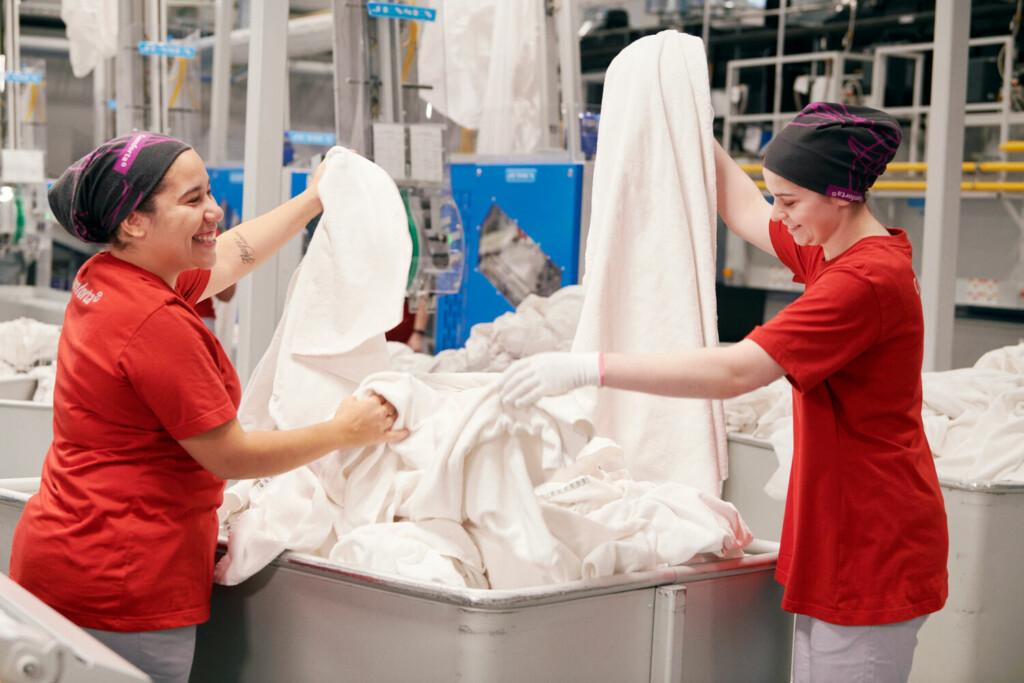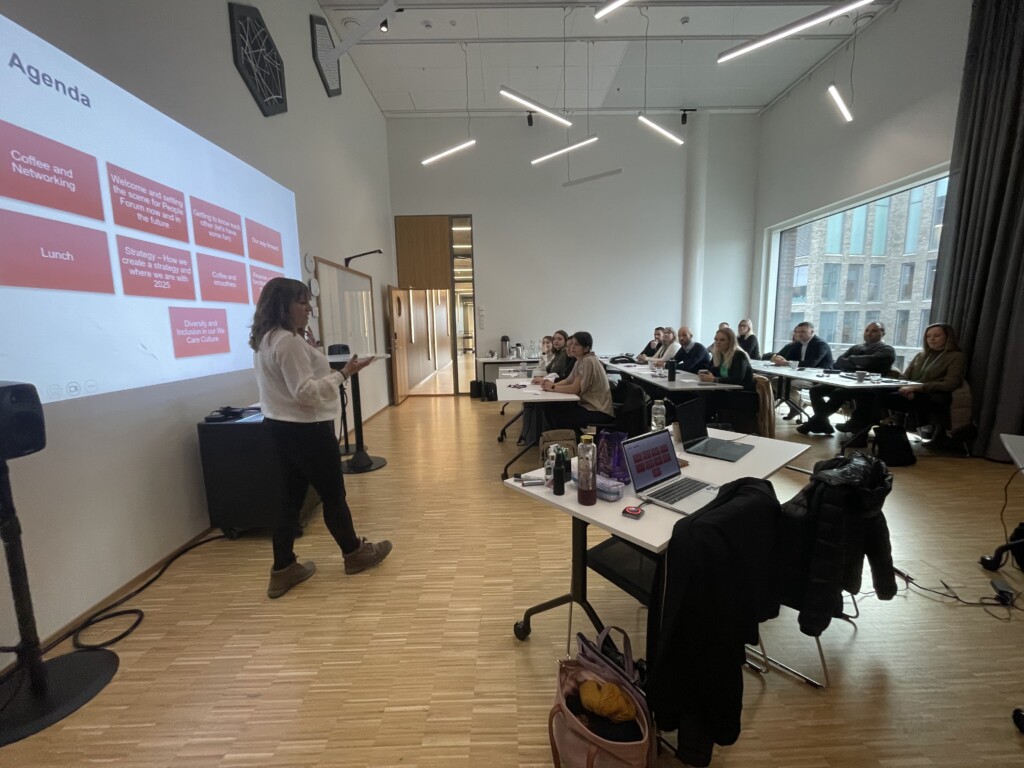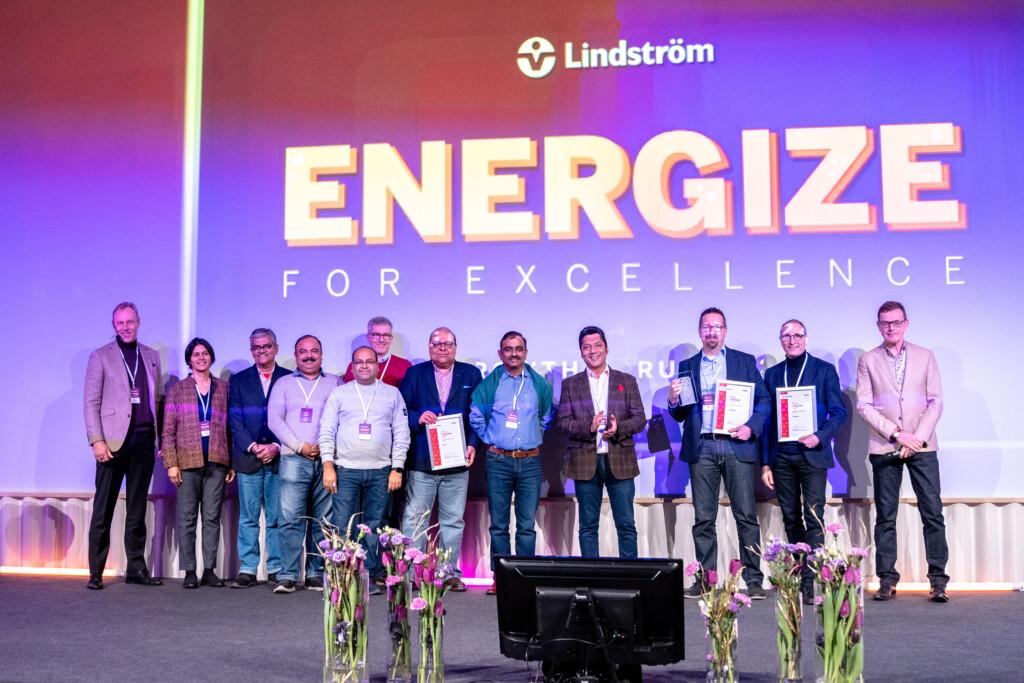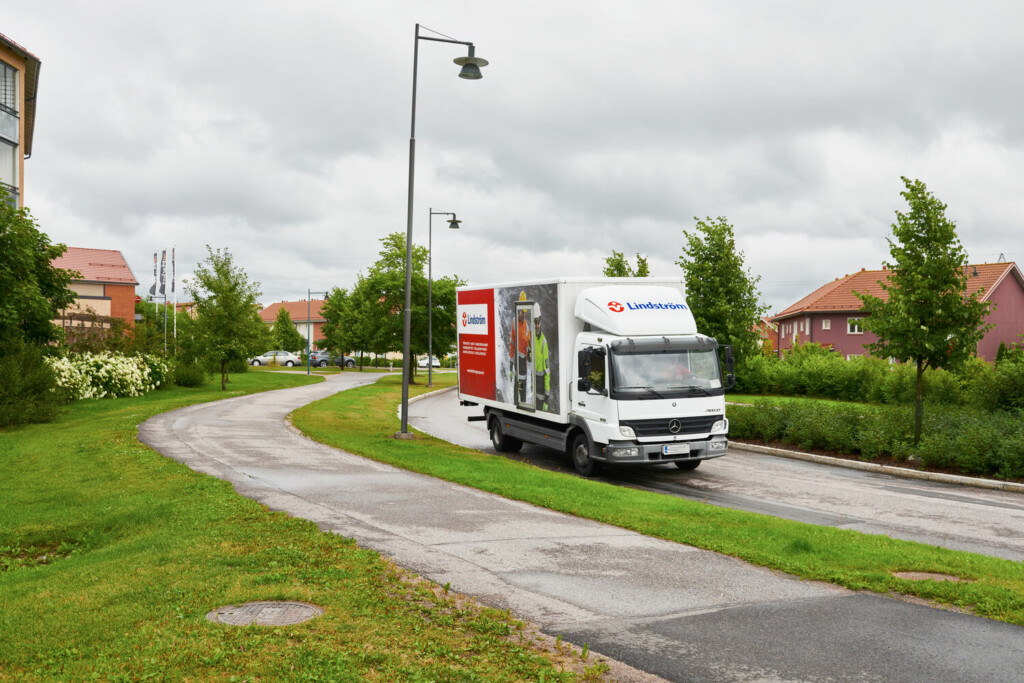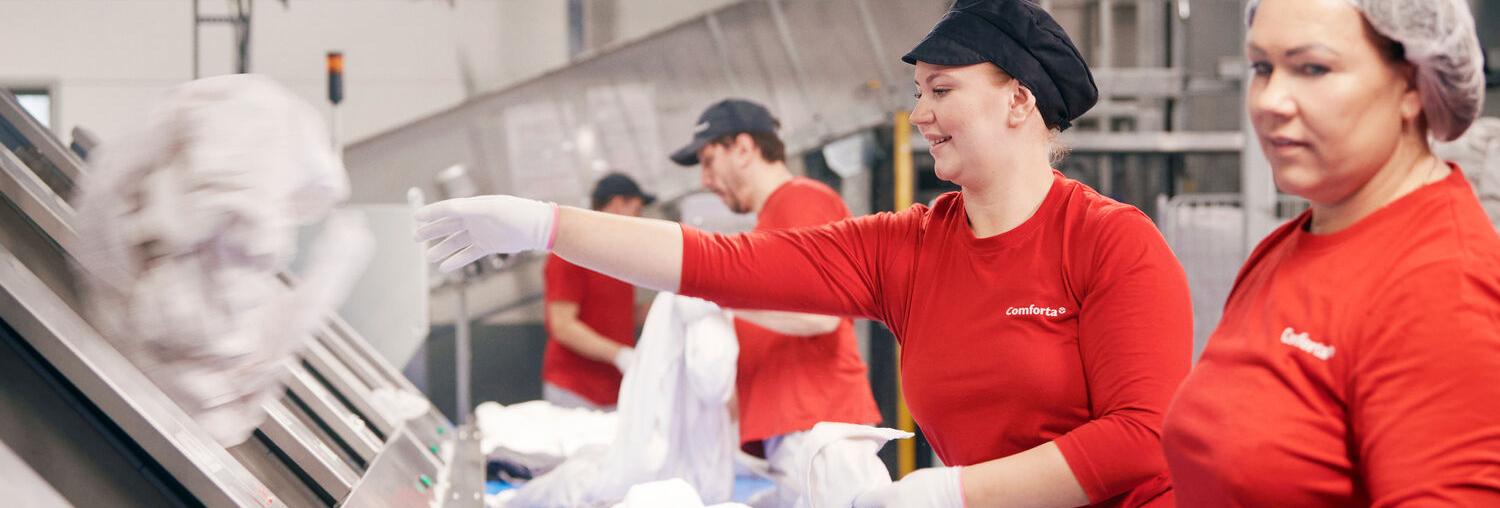
Driving DEI in a global organisation
Developing DEI (Diversity, Equity, and Inclusion) in organisations has become paramount in recent years. While diversity, equity and inclusion have been rooted in our We Care Culture, we have started to bring up the topic more openly through many initiatives.
Diversity = who is represented in the workforce.
For instance, gender diversity, age diversity, ethnic diversity, physical ability and neurodiversity.
Equity = fair treatment of people.
So that the norms, practices, and policies in place ensure identity is not predictive of opportunities or workplace outcomes.
Inclusion = how the workforce experiences the workplace.
In addition, the degree to which organisations embrace all employees and enable them to make meaningful contributions.
“We have always been mindful of each other. We celebrate our differences and seeing them as strength”, says Helena Loncar, our Head of Talent and Culture. She continues: “We are now taking actions to emphasise it even more, in detail and from different angles.
We spoke to Helena Loncar and our Senior Vice President for Human Resources (HR), Michaela Martin, about this multifaceted topic: what it means at Lindström and why these principles are essential for our company.
Developing DEI in a global organisation
Michaela Martin is no stranger to developing DEI in a global organisation. She is enthusiastic about unearthing the layers of DEI. The goal is to make it more than just a buzzword within our corridors in all our 23 countries.
Understanding what DEI is and its multifaced nature takes some effort, even for the experts.
“When starting to work more concretely with DEI, I realised how narrow my thinking around DEI was. I have a lot to learn myself, even as an HR person. I became aware of how much more there is to DEI than gender equality and ethnic origin”, Michaela explains. She continues:
“Digging deeper into the topic during my own learning path, I realised how much it is about understanding other’s viewpoints and becoming aware of your own biases. Creating a safe environment where everyone’s thoughts and ideas are valued and a place where everyone feels encouraged to be just who they are is truly at the core of this work.”
The larger and more global the organisation becomes, the quicker these dimensions become revealed.
The various dimensions of diversity span from the more basic or primary ones, which normally we cannot impact or change, to dimensions which can change over time and we might have control over in a different way.
The dimensions of diversity include gender, religious beliefs, race, martial status, ethnicity, parental status, age, education,
physical and mental ability, income, sexual orientation, occupation, language, geographic location, and many more components.
All dimensions of diversity will impact us and our identity throughout our lives and shape us as who we are as individuals and how we think and see the world.
Raising awareness and getting senior-level commitment are the key starting points in developing DEI
“We started to deepen our development and approach to diversity, equity and inclusion at Lindström in the autumn of 2023”, Helena says.
In such a complex topic, it is wise to start raising awareness and organising many educational opportunities for employees at all levels.
“Everything starts from being aware and more mindful about your own potential biases in your everyday interactions with others and especially when making decisions”, Michaela explains.
While we have not seen DEI being a big challenge at Lindström, educating ourselves on the potential biases and having practices in place as we keep growing is vital. We also ensure we don’t work from a standpoint that people responsible for developing DEI know what DEI is specifically here at Lindström.
That’s why we are collecting employee feedback on what DEI needs to look like at Lindström.
“We need this journey to be inclusive to all Lindströmers. We need their views and opinions to develop something that matches our employees’ needs. Feedback so far is that people here do feel that they can be themselves. And whatever it means ‘to be yourself’, you can be that. That’s important, and that is what we want to nourish”, Helena explains.
Michaela adds: “Developing the required leadership capabilities and maturity around DEI is the key. Leaders must be committed and take ownership to stop this work from becoming an HR project in isolation from the business. This work builds up from many small initiatives, and senior leaders must drive it and own it for good things to follow.”
Examples of how we expect DEI to drive our business success
Diversity, equity, and inclusiveness can contribute to our performance in several ways in years to come.
A more diverse workforce brings a variety of perspectives, experiences, and ideas to the table. If you have a team with diverse backgrounds, they probably approach a problem from multiple angles, leading to more comprehensive and creative solutions.
As we continue to practice equity and inclusiveness actively, we expect to see the impact in even higher morale and lower turnover rates. Hearing the many voices of Lindströmers is likely to increase the sense of belonging and commitment to our organisation and result in better overall performance.
Another expectation is for even more diverse teams to understand and connect better with a diverse customer base. If we reflect the market diversity in our workforce, we can enhance our appeal to a broader customer base, potentially leading to increased market share.
We also know that organisations that embrace DEI are often better at risk management. Diverse teams can anticipate and respond to various challenges and are less prone to ‘groupthink’.
Furthermore, companies known for their commitment to DEI are often viewed favourably by customers and potential employees. We want to pursue this as a significant competitive advantage in attracting top talent and customers prioritising social responsibility.
Our roadmap for DEI journey
We work with two timeframes: what needs to happen over the next 1-2 years and what we expect to achieve in the coming 5-10 years.
“We started with our senior leadership in September 2023. Going through the idea and the expected journey for DEI and our approach over the next 1-2 years. But we also realised we need to set clear DEI goals and objectives for the longer run and incorporate DEI firmly into Strategy 2030”, Helena explains.
What happens over the next 1-2 years
The next 1-2 years will be about raising awareness and understanding the importance of DEI for us as an organisation.
We will involve all senior executives, people leaders and middle managers during this time because we need their ownership of DEI.
So next, we will be educating and building their awareness.
“DEI awareness workshops with all people managers and executives are under the way and start next year. These will be tied with the We Care leadership”, Helena explains.
She continues: “We will start implementing these practices during T2 2024. First on the regional level, then on the country and team levels. We focus on learning together and ensuring we understand and speak the same language regarding DEI.”
Employee feedback has been collected during this autumn. In September, all our European employee representatives gathered to discuss how DEI is seen in their countries.
These insights are key to building our approach to DEI. For example, we have already understood our various maturity levels regarding DEI. This has been vital information for us to address DEI from the right angles.
Everyone at Lindström must feel included – also in this journey – and experience strong psychological safety in the workplace, regardless of their views and opinions.
“This truly is our guiding light in this journey”, Helena concludes.
Communicating the DEI journey with our employees
When asked Helena and Michaela about how we plan to communicate the development journey with Lindströmers, Helena responds:
“I think the first communication channels will be the workshops and awareness-building sessions, followed by internal communication channels. We will also implement the DEI message in our recruitment processes. We want to share about our aspirations and actions both internally and externally.”
“Since our group management team kick-off session in September, we have already brought the topic to our People Forum participants. Next, we plan to revisit our policies and processes where we see that DEI needs to be reflected and emphasised. This way we make sure it becomes an integral part of our business activities”, Michaela adds.
“This cannot be a five-people show”, Helena says.
It will be vital for us to ask, share and apply insights from our diverse people. We are in this together and achieve the best way forward. We also want to find Lindströmers who want to become our DEI role models and help us take DEI into all corners of our global organisation.
“Everyone has something to win and learn about DEI”, Michaela says. “DEI has a huge impact on our employees on all organisational levels, our customers and other stakeholders as we see that it has a strong connection to well-being, motivation and happiness in general.”
Developing DEI is a journey that evolves
What was DEI in organisations, let’s say 10-15 years ago?
“The discussions then were on a completely different scale”, Helena points out.
For her, the journey of developing DEI is important. The expectations and actions around diversity, equity and inclusion in the workplace will surely continue to evolve over the next 10-15 years. There are likely to be aspects of DEI that we don’t even recognise yet that may gain ground in the years to come. And this is comforting news to all of us.
Right now, we live in times where people are becoming more and more mindful about diversity, equity and inclusion. Especially and quite rightly, those who are not treated equally and fairly.
Being open to learning and embarking on this journey together seems the best way forward. Learning from each other and feeling safe to ask questions and help to grow one’s awareness gives this journey a comforting feel.
And helps us improve DEI for the years to come.
